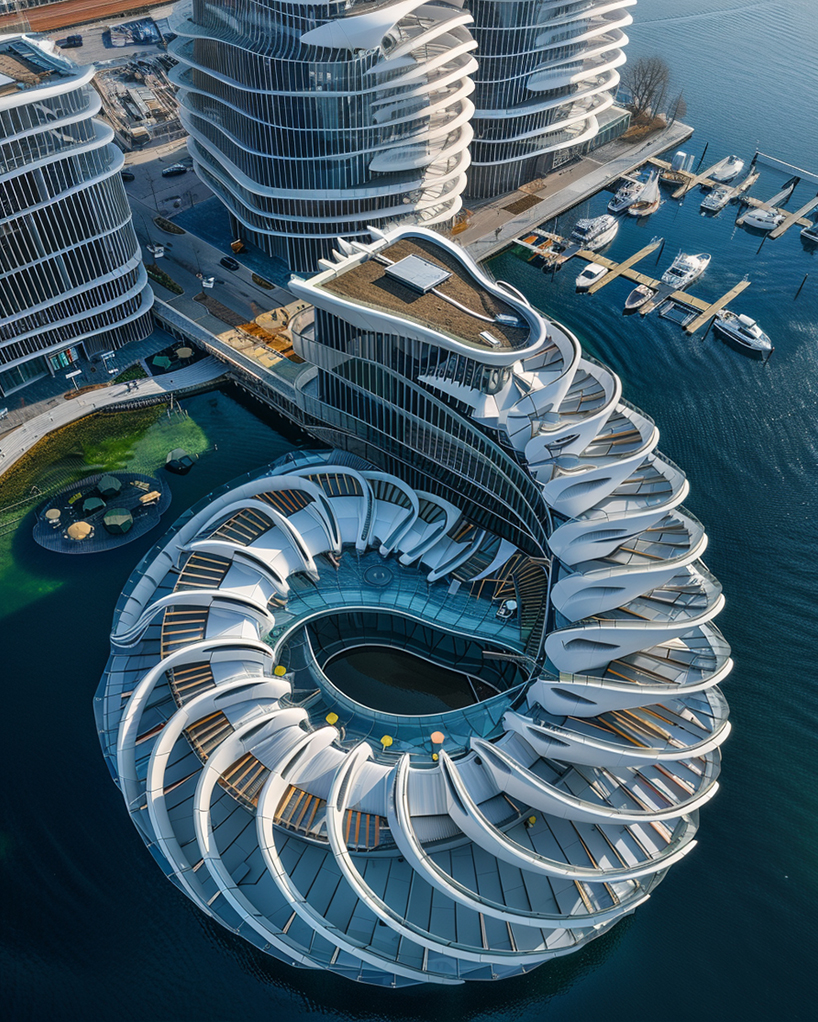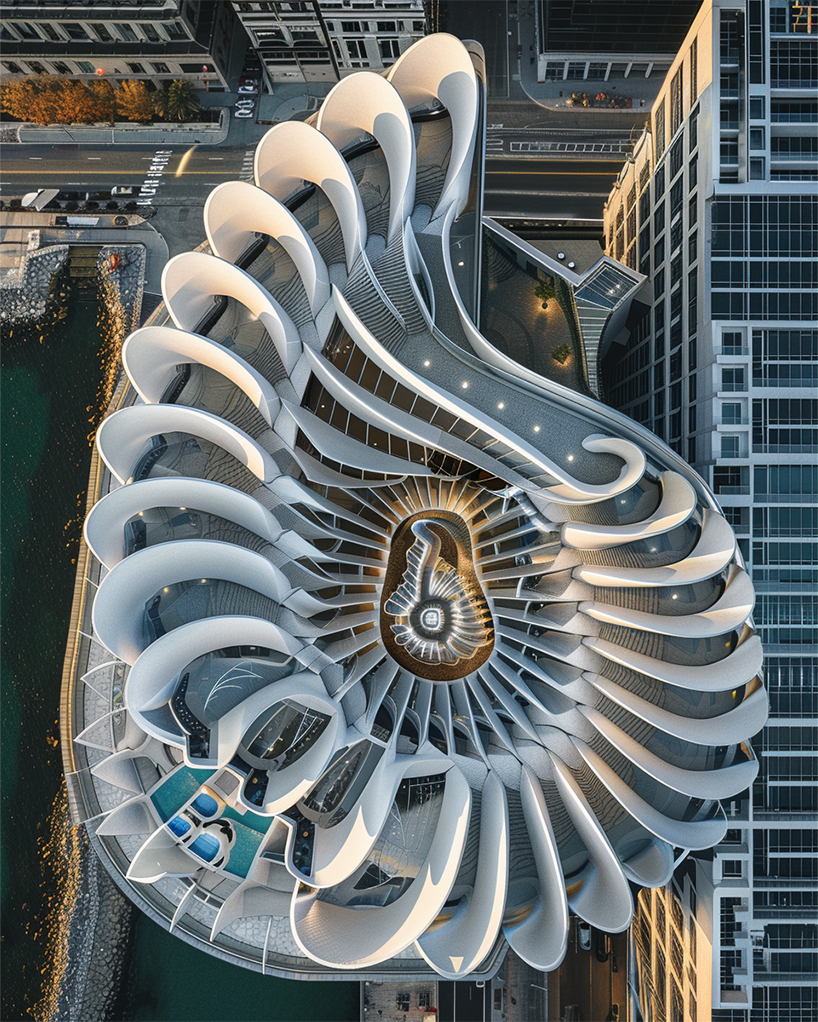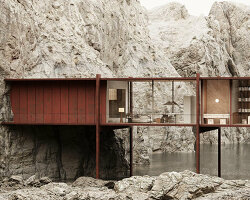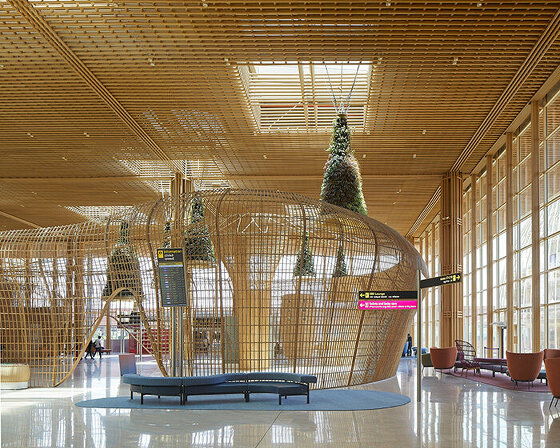
golden symmetry in architectural design

KEEP UP WITH OUR DAILY AND WEEKLY NEWSLETTERS
happening now! croatian furniture company prostoria stands as an example of a different and more traditional approach based on the evolution from the local factuality of all actors involved in the production process. explore prostoria on designboom!
PRODUCT LIBRARY
in an interview with designboom, carlo ratti unpacks the theme of the 2025 venice architecture biennale, 'intelligens. natural. artificial. collective.'
skidmore, owings & merrill's kempegowda international airport is filled with over nine kilometers of hand-sculpted rattan.
the korean architect talks to designboom about the 23rd serpentine pavilion, which opens to the public on june 7th, 2024.
the nest house is perched above a lush, multi-story garden, creating the illusion of a floating residence.
connections: +4290


























